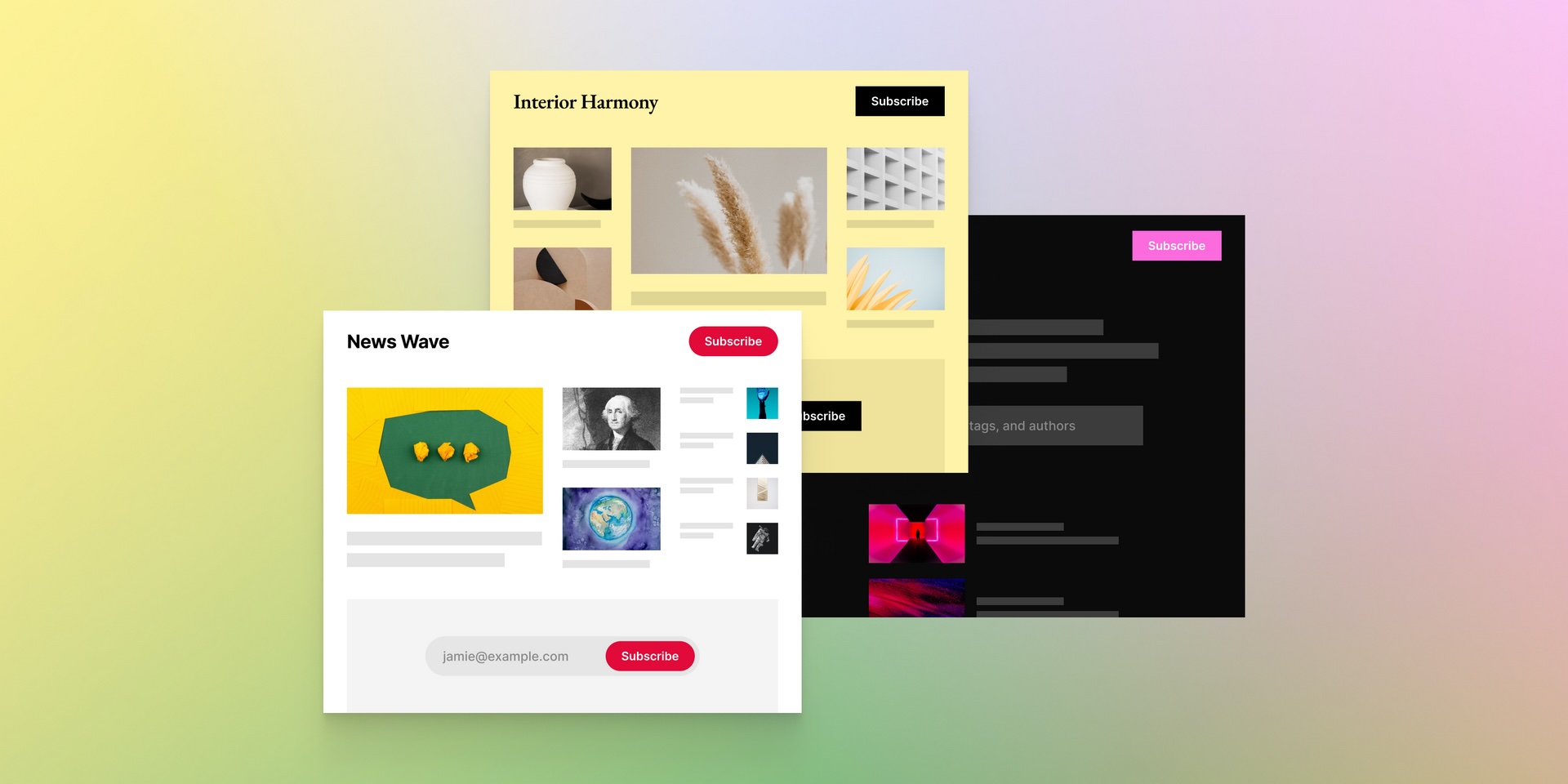
[ad_1]
Ghost, the open source alternative to Substack’s newsletter platform, is considering joining the fediverse, the social network of interconnected servers that includes apps like Mastodon, Pixelfed, PeerTube, Flipboard and, more recently, Instagram Threads, among others. According to a post from Ghost founder John O’Nolan, the company — which is structured as a nonprofit — is considering federating Ghost over ActivityPub, the social networking protocol that powers the fediverse.
O’Nolan said that the most requested feature over the past few years has been to federate his software. “It seems like there are many potential ways to do it. Curious to hear how you would want it to work?” he asked in a post on Threads, which was syndicated to Mastodon via Threads’ own integration with ActivityPub.
The survey asks users if they use any ActivityPub platforms like Mastodon or Threads, and how they would expect ActivityPub functionality to work in Ghost, if it were to be added. It also asks how federation would personally benefit Ghost users. It invites survey respondents to optionally provide an email address if they want to be contacted for more input in the future, as well.

Image Credits: Ghost
While the launch of a survey isn’t necessarily a commitment to federating Ghost, it is another signal pointing to the broader reshaping of the web that’s now underway.
Following Twitter’s acquisition by billionaire Elon Musk, online users have experienced the downsides of putting their trust in centralized platforms: With a shift in ownership, Twitter was overhauled to be a different type of platform called X, with revised ethics and long-term ambitions. (Musk wants X to be an “everything” app for transactions, creator content, video, shopping and more and takes a more hands-off role in terms of content moderation.)
For those unhappy with Musk’s changes, having a portable social networking identity suddenly seemed like an idea that had more value. That is, if you don’t like the way your Mastodon server (or other federated service) is run, you can pick up your profile and move it elsewhere, followers in tow.
With Ghost, however, the idea could be to federate the accounts of the writers who use Ghost to publish their content. Their posts, which would also be published on the web and to their newsletter subscribers, could also exist in the fediverse, where others could read, like and reply to the post from their preferred app. These replies could also potentially syndicate back to Ghost, where they could exist as comments.
Assuming Ghost went this route, it would be similar to how WordPress federated with ActivityPub after the acquisition of an ActivityPub blog plug-in. When enabled, WordPress blogs can be followed by people on apps like Mastodon and others in the fediverse and then receive replies as comments on their own sites.
After seeing O’Nolan’s post, Mastodon CTO Renaud Chaput reached out to help with the ActivityPub integration, which O’Nolan accepted.
Ghost has gained attention as a Substack rival in recent months for the same reason that some have fled X: People disagree about how platforms should be moderated. Substack has taken to promoting free speech, as Musk does on X, but that’s also led to the platform being used by pro-Nazi publications, as detailed by The Atlantic late last year.
As a result, one of Substack’s more high-profile writers, Casey Newton, formerly of The Verge, left Substack and migrated to Ghost instead.
“I’m not aware of any major U.S. consumer internet platform that does not explicitly ban praise for Nazi hate speech, much less one that welcomes them to set up shop and start selling subscriptions,” Newton wrote at the time.
In addition to Newton, other notable Ghost users include 404 Media, Buffer, Kickstarter, David Sirota’s The Lever and Tangle, to name a few.
Today, Ghost has been installed over 3 million times, which would make for a healthy addition to the wider fediverse and its roughly 13+ million total users, around 1.5 million of which are active monthly. (This figure doesn’t include Threads’ 130+ million monthly active users as it’s not fully integrated with ActivityPub as of yet.)
[ad_2]
Source link






